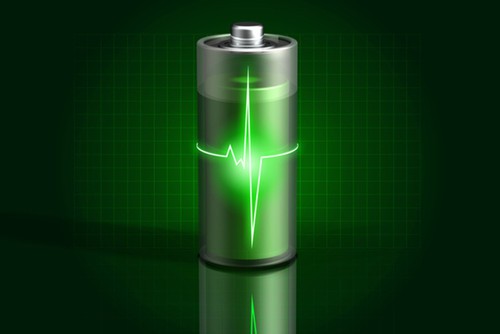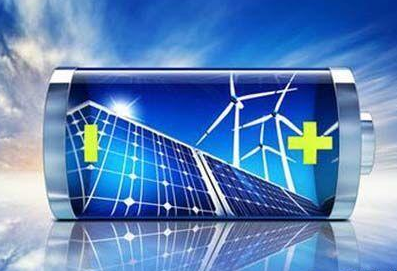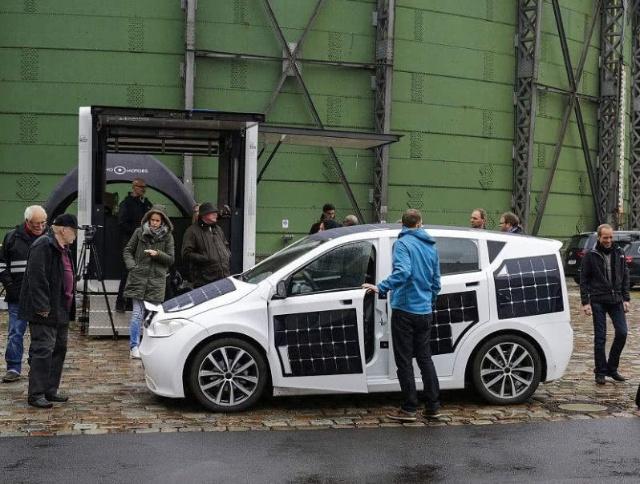In 1970, Exxon's M.S. Whittingham made the first lithium battery using titanium sulfide as cathode material and lithium metal as cathode material. The cathode material of lithium battery is manganese dioxide or thiony l chloride, and the cathode is lithium. When the battery is assembled, the battery will have voltage and need not be charged. Lithium-ion batteries (Li-ion Batteries) are the develop...
Learn More English
English  English
English français
français Deutsch
Deutsch русский
русский italiano
italiano español
español 日本語
日本語 Polski
Polski svenska
svenska 中文
中文










 IPv6 network supported
IPv6 network supported